While continuous discovery usually triumphs over fixed, long-term research projects, it doesn’t mean the latter has no place in the product world. Both methods can be great tools for developing successful products, depending on your specific needs.
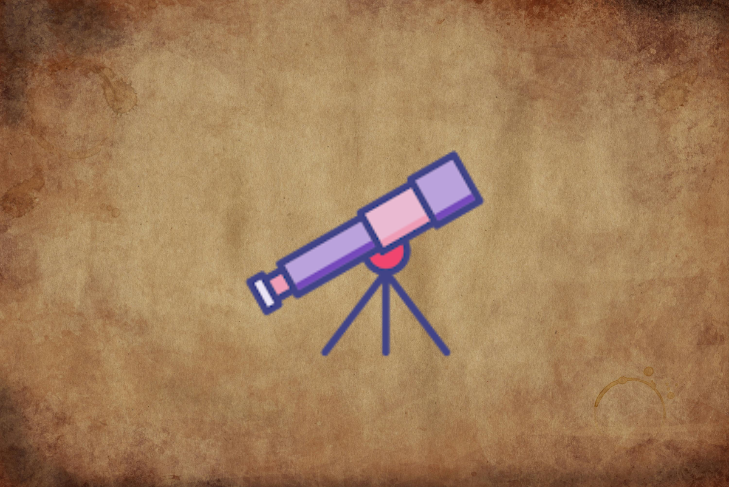
To help you determine which one to use, this article provides an overview of each, outlines how they differ, and lays out associated challenges. I also detail situations where I would lean on one versus the other.
Continuous discovery is, as the name suggests, a process of discovery that involves:
Because discovery never stops, think of it as a habit instead of a project.
Weekly interviews would be an example of a continuous discovery habit. By interviewing users weekly, you can stay on top of your needs and validate assumptions on the go. This fresh dose of insights allows you to be truly user-centric with your everyday actions.
Continuous discovery has become so popular because it delivers clear benefits. The main benefits include:
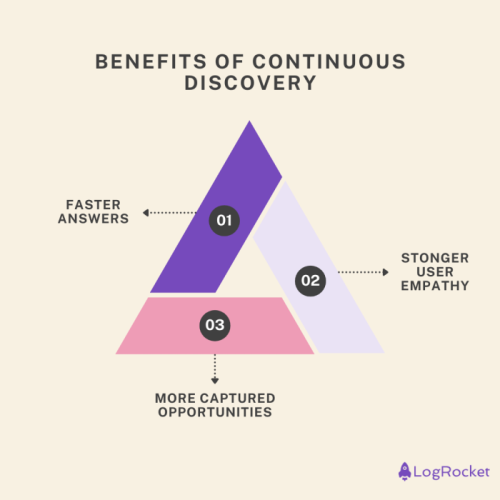
With weekly discovery, and in some cases even daily, you can get answers to your doubts and questions that appear during the define and design phase faster.
There’s no need to set up a new research project or wait until an analysis is complete — you just get insights on the go.
By continuously interacting with users, either directly (interviews, study groups) or indirectly (surveys, unmoderated tests), you develop a stronger understanding of user personas as a whole and can empathize with users more.
This reinforced empathy unconsciously helps you make better decisions.
The more often you talk to users, the more opportunities you can capture. You never know when a user will say something that’ll open up a new train of thought in your head or will push you to challenge the status quo.
More exposure to users means a higher chance of finding a lead for that billion-dollar idea.
Although continuous discovery has many benefits, it’s not all wine and roses.
With insights arriving continuously, it’s easy to get lost in the analysis. You barely manage to process insights from the last week, and then new, often contradictory insights arrive.
Without someone working full-time to analyze the results of the continuous discovery process, it’s hard to spot nuances in insights that continuously come in small doses.
Continuous discovery is usually done on a small sample of users. After all, talking to twenty users every week is nearly impossible. It’s generally closer to one to three.
This lack of quantitative validation makes identifying strong insights from anecdotes harder. It also makes it tempting to focus on the insights that you personally care about the most while disregarding other insights as “noise.”
While talking to a few users every week is an amazing tool to continuously improve the product and capture new opportunities, breakthrough changes require more insights and validation.
If you’re working on an innovation, one interview or so a week won’t cut it.
Research projects are conducted in a more traditional manner. They have a clear preparation phase, a research phase, and an insight-processing phase.
They’re also significantly more time-consuming, often lasting multiple weeks or even months. For the purpose of the article, I assume a research project lasts at least three weeks.
Given the time and resources needed, research projects are rarely used for validation and are employed for exploration — to gain a comprehensive understanding of a problem or a specific problem.
There are two main benefits that still make research projects a solid tool in a product manager’s toolset:
Research projects are typically focused on a very specific problem or challenge. This ensures you get the insights you truly need, rather than being flooded with hundreds of unrelated learnings that pull you in different directions.
Research projects double down on the objective. To avoid bias or false signals, they usually involve talking to users at a scale and surveying at a quantitative scale.
This allows you not only to get verified and trustworthy insights but also discover details about the users and problems you would most likely skip with continuous discovery.
Research projects come with their own unique set of challenges that you should be aware of before deciding on one with your product team.
Research projects require time and money.
Recruiting research participants at scale is expensive, especially if you want to talk to specific types of people.
Properly preparing the research plan, talking to all participants, and then synthesizing insights often requires the full attention of a UX researcher or two for a couple of weeks.
All insights have an expiration date.
It’s especially challenging in the case of research projects. Given the time and cost required to conduct a research project, the insights you get are, well, expensive.
If you don’t act on those insights soon, the whole research project can become a waste.
Both research projects and continuous discovery have their advantages. Use the following criteria to keep you determine which one makes the most sense:
What’s the risk involved in making the decision?
If the worst-case scenario of making a wrong decision is rolling back and wasting two days of development, opt for faster and cheaper continuous discovery.
If a wrong decision could cause the business to go bankrupt, invest in more in-depth research.
Continuous discovery shines at expanding on and updating existing knowledge about problems and customers.
However, if you’re just starting out in a new area, kickstarting your product with a research project can help you build baseline knowledge.
A proper research project requires some time to set up.
On the other hand, you can hop in on an ad-hoc interview with a user within 24 hours or so.
If you needed insights yesterday, go with continuous discovery methods.
Lastly, what’s your research question all about?
Ask yourself if it’s more tactical, such as:
If yes, then continuous discovery is a great tool for quickly answering smaller, more specific questions.
On the other hand, questions better suited for a research project include:
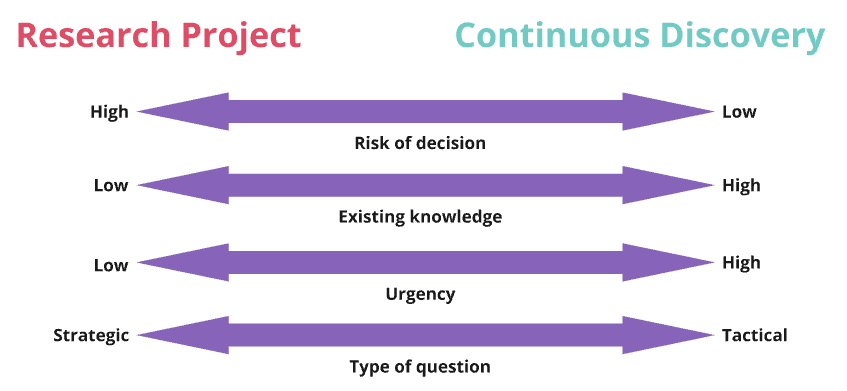
At the end of the day, both continuous discovery and research projects are valuable tools. It’s less about using one over the other and more about understanding when to use each of them.
Embrace continuous discovery to answer questions you have on a daily basis and to maintain strong user empathy.
Add research projects on top of that whenever you need a bigger dose of more in-depth insights for business-critical decisions.
Keep both in your PM toolkit. Good luck and be sure to come back for the next article.
Featured image source: IconScout
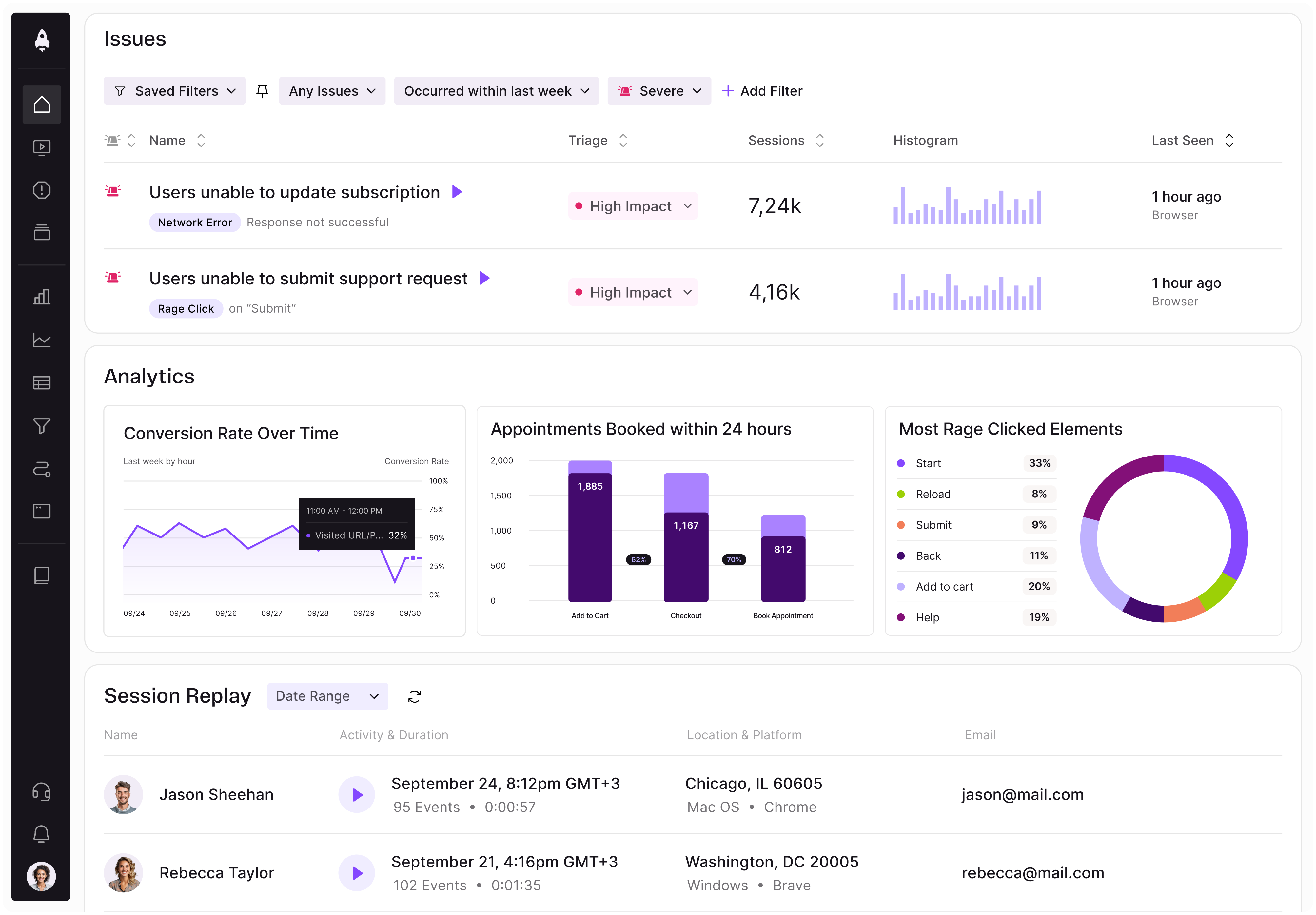
LogRocket identifies friction points in the user experience so you can make informed decisions about product and design changes that must happen to hit your goals.
With LogRocket, you can understand the scope of the issues affecting your product and prioritize the changes that need to be made. LogRocket simplifies workflows by allowing Engineering, Product, UX, and Design teams to work from the same data as you, eliminating any confusion about what needs to be done.
Get your teams on the same page — try LogRocket today.
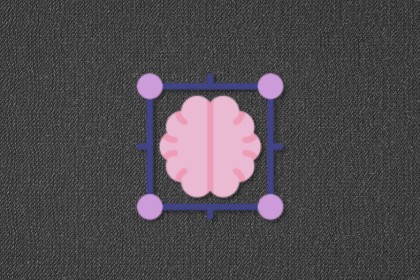
A practical framework for PMs to use AI in ideation without sacrificing judgment, strategy, or decision quality.
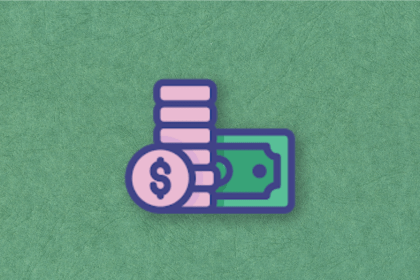
A practical five minute revenue estimation method to help product managers compare ideas, drop low impact features, and prioritize smarter.
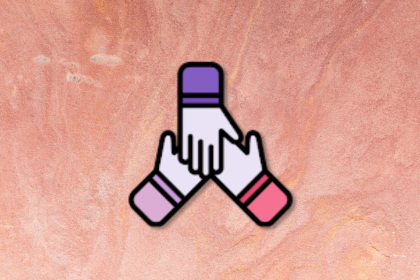
A practical guide for PMs who want to stop being bottlenecks, delegate smarter, and lead teams effectively with a clear ownership framework.

Stop letting unreliable data block features. Treat data as inventory to track quality, ownership, and ship with confidence.